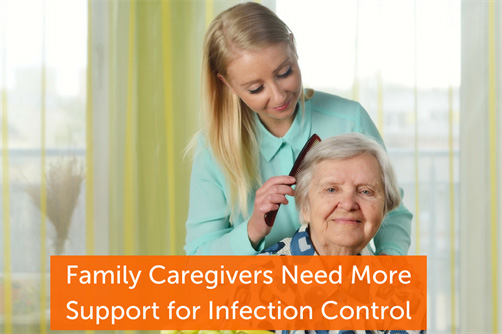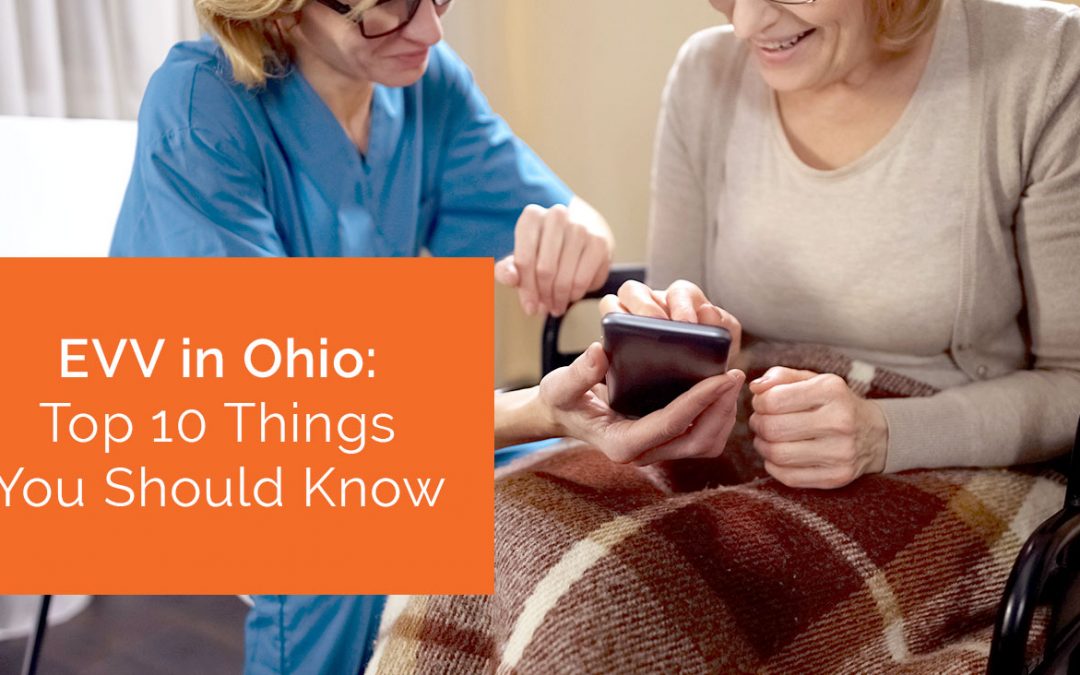Infection control is a serious concern in any healthcare setting. According to the CDC, at any given moment, 725 patients in the U.S. are being treated for an infection that stemmed from receiving healthcare services. Preventing these infections is a top priority in any healthcare setting, but until recently, one key healthcare service location was largely overlooked: the home.
Typically, much of the focus in terms of infection control has centered on home health agencies and providers themselves. In fact, among the additional steps being taken to better control infections in the home healthcare setting are the revised Conditions of Participation (CoPs) for home health agencies taking effect this year.
In §484.70 Condition of Participation: Infection Prevention and Control, CMS calls for home health agencies to maintain and document their infection control program. All such programs must focus on the prevention and control of infections and communicable diseases, and will be a component of the agency’s QAPI. In more specific terms, this means that home health agencies must maintain a coordinated agency-wide program that includes not only standards for infection prevention and control, watching for and identifying infections, and investigations into incidents of infection, but also have a defined method for identifying problems associated with infectious and communicable diseases and a plan for taking action should infections occur.
However, focusing on providers only leaves out a major part of the healthcare puzzle: family caregivers. As the home becomes the most common setting for healthcare, many family members are charged with providing medical care that they aren’t fully trained for — or comfortable providing. As a survey by AARP and United Hospital Group revealed, few family caregivers have actually received adequate training in such topics as wound care, medication management, or operating medical equipment. Most either figured things out on their own or learned from a friend or other family member, with only a small minority receiving training from a healthcare provider. And for those that did work with a healthcare professional, often the training was rushed, incomplete, or only covered the most rudimentary basics.
The result, as you might imagine, is a dangerous situation for family caregivers. According to a 2014 Columbia University School of Nursing study, infection rates ranged from 5 percent to 80 percent of patients in home health settings, depending on their conditions. The highest number of infections occurred in patients receiving nutrition via catheter; other catheter-related infection rates were also high. And Kaiser Permanente researchers found that infection rates among children with central lines were astronomically high as compared to hospital-acquired infections.
Why Infection Rates Are So High — And How to Fix the Problem
Clearly, there is an infection control issue in the home healthcare setting, and it stems from a lack of training and education for caregivers. Jingjing Shang, Ph.D., author of the Columbia University study, agrees. “The infection risk for patients receiving care at home is high because they often aren’t being looked after by individuals with the same infection control experience that would occur in a hospital setting.”
Shang goes on to add, “Nurses who care for patients in their homes need to teach patients and their families how to prevent infections, and nurses need to make sure that they tailor this education to a level that’s easy for people without formal medical training to understand.”
The need for more family support for infection control is a well-known issue, and one that states are attempting to improve via the Caregiver Advise, Record, Enable (CARE) Act, which requires hospitals to prepare and train caregivers in what they will need to do to properly care for their loved one. In Maine, for example, hospitals must provide caregivers with training and instruction, and there are similar laws on the books in California, New Jersey, and Oklahoma. Despite these laws, though — and the fact that infections are a leading cause of hospital readmissions — family caregivers are still lacking in their knowledge of infection control practices.
That’s where home healthcare agencies can help. While improving discharge planning can go a long way toward improving infection control practices (beginning training five to 10 days before discharge has improve infection rates in some scenarios, according to Kaiser Permanente), home health providers can also become a valuable resource for educating and training family members. For example, adding specific instructions to the communication portal in home healthcare software can serve as a valuable reference to a caregiver who is unsure.
Providing additional training is also important; encourage and allow family caregivers to participate in the delivery of care so they can see how things are done and ask questions. Finally, it’s vital for home health providers to be alert to the signs of a potential infection and take action quickly, including providing re-education of the family caregivers, to prevent a potential re-hospitalization or other serious issue.
Infection control is a serious issue. And think about it like this: If healthcare facilities, including your agency, allowed untrained and inexperienced providers to care for patients, there would be significant public outcry. Yet every day, patients are receiving care from untrained individuals, who may be well meaning, but inadvertently endangering their loved ones. As a licensed provider, you have a responsibility to help ensure that everyone involved in patient care is up to the task.
To learn more about home healthcare software tools that can help you manage your agency and reach your goals, while providing the best care possible, check out our home healthcare resources here




